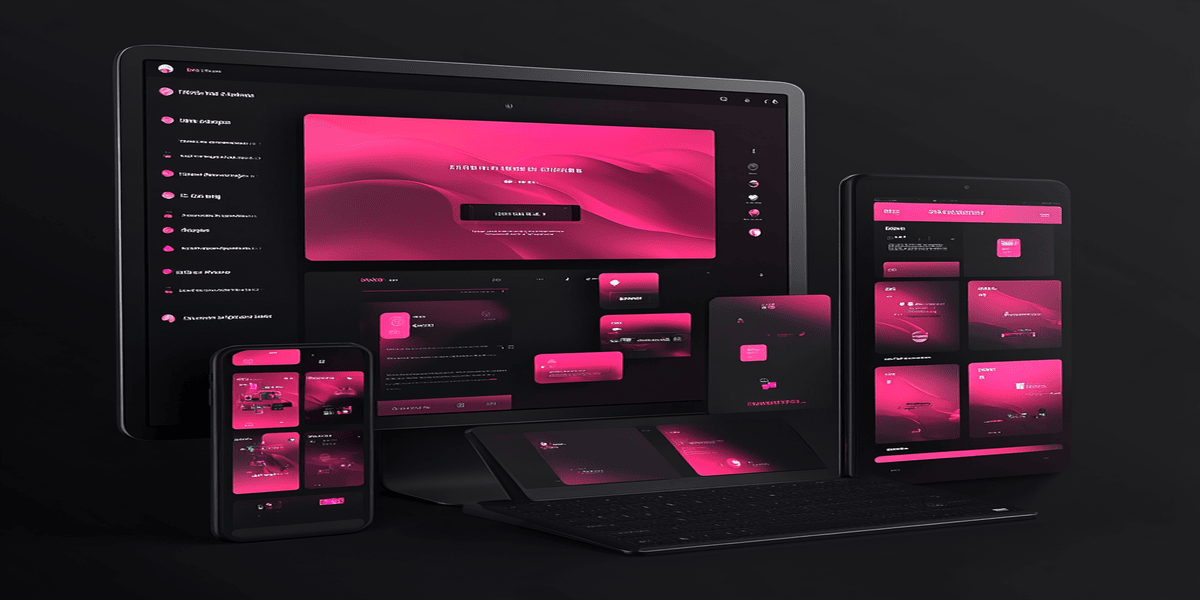Planning
Planning for your website is the first step to creating a powerful online resource. Everyone wants a website but few know how to plan for a website that is going to bring the desired result.
First you must sit down with a paper and pen and plan what you want based on your business needs and goals.
Planning each page, image, video, form and email response can be challenging and although it is the most important step it is often overlooked by others.
Planning
I get it a lot of companies want their website up fast and that is possible but they should always have a long term plan in place. A website is never really completely finished, there is maintenance, upgrades and changes that must be made to increase your brand and build your business.
A website is like a building and a website developer is like an architect as well as the project manager. We consult with you to find out what you need and then we create a blueprint of your website to fit your vision. We then gather the tools that you need to make your vision happen. The website developer works with the designer to build your website and make it reflect your business online. Sometimes it takes days, weeks or even months to create the website that will accurately reflect your business goals.
Yes anyone can create a website within hours or even minutes with AI but the planning takes a lot longer to implement the strategies that will give you the ability to compete and succeed beyond the competition.
Thinking is the hardest thing that you have to do when creating your plan. After a while people can tell how much through you put into your website as soon as they get there.
Why Planning Matters
Before a single pixel is pushed or a line of code is written, a solid plan is your best friend. Think of it like building a house—you wouldn’t start hammering nails without a blueprint, right? The same logic applies to your website or app. Planning ensures your digital presence actually does what it’s supposed to: connect with users, meet business goals, and not fall apart when someone hits the contact form. Whether you’re launching a passion project or a full-blown web app, planning saves time, money, and plenty of digital headaches down the road.
1. Define Your Goals
2. Know Your Audience
3. Competitive Research
4. Content Strategy
5. Site Architecture & User Flow
6. Technical Requirements
7. Timeline & Budget
Research
Planning and research go together because they work hand in hand to realize what is possible and how you can get your message across to your customers. You ever really stop the research and planning process because it guides the direction that your website will go now and in the future.
Creating Content
Content is not just writing or throwing up images and video. Good content is planned and calculated to make the most powerful impact on your customers. Once the planning and research is completed creating content is the next step of the process.



